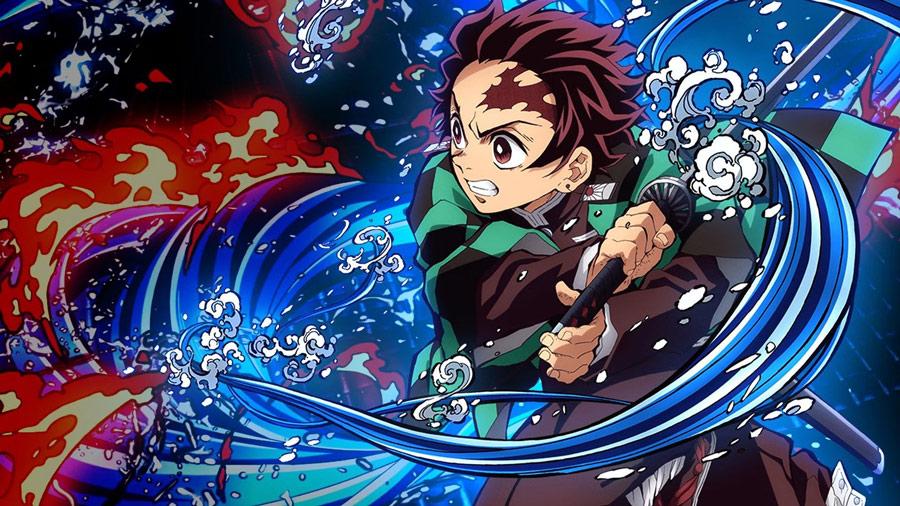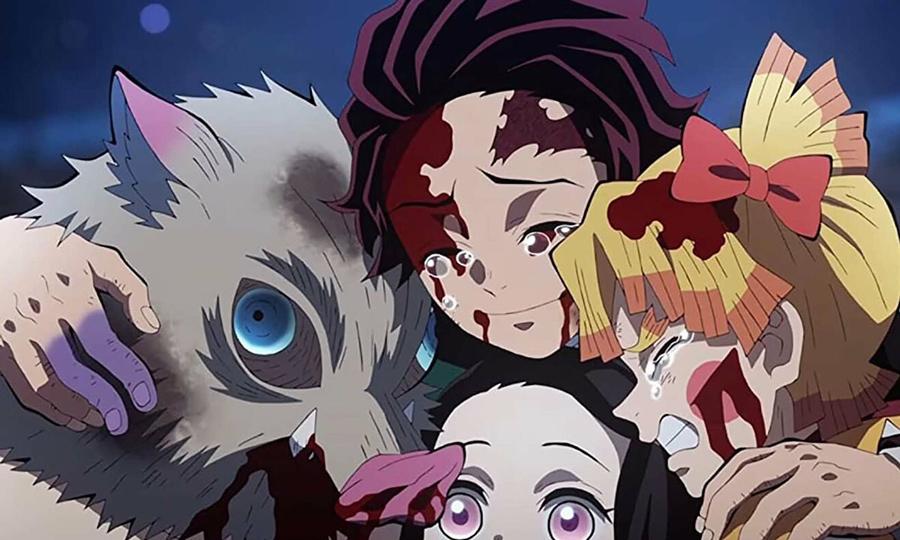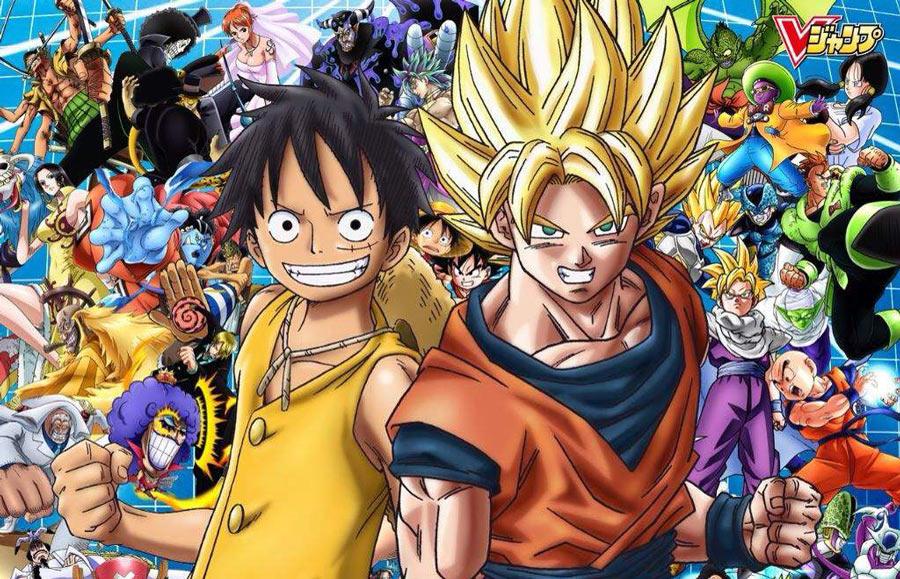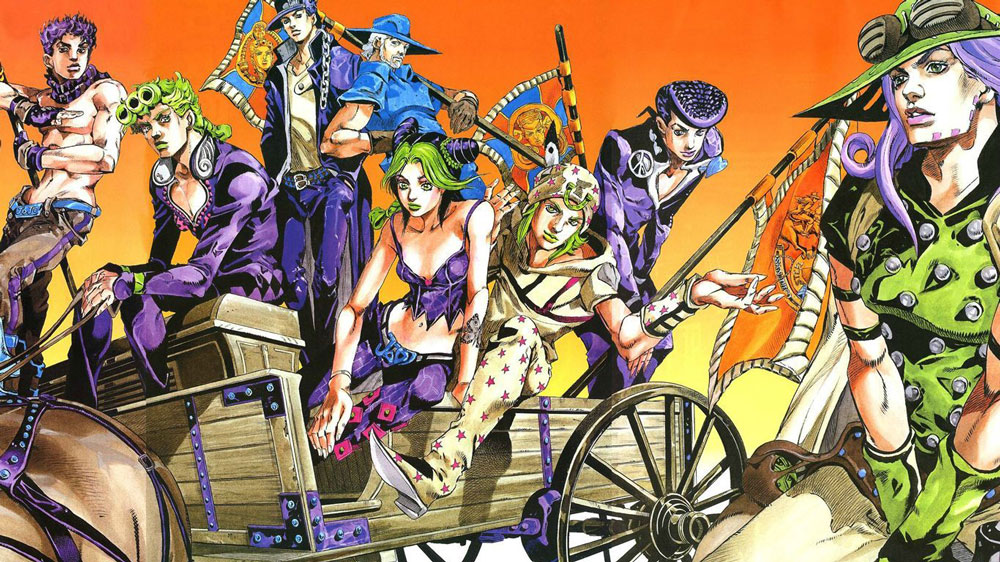Since its premiere, Demon Slayer: Kimetsu no Yaiba has been an overnight sensation in Japan and beyond. Its breathtaking animation, compelling tale, and in-depth examination of themes like family, responsibility, and sacrifice have won over the hearts of millions of fans. The reason? Demon Slayer’s cultural impact subverts the expectations of its typical Shounen tropes.
Demon Slayer is a massive hit shounen jump manga series published in Shounen Jump that has taken the anime industry by storm ever since its arrival. The anime adaptation produced by Ufotable has resonated with fans globally due to its captivating storytelling, animation, characters, and soundtrack.
At its core, Demon Slayer is a show that embraces the clichés of the Shounen anime genre. It is unafraid to explore complicated concepts and emotions that other shows don’t while remaining faithful to what has made the genre tick for decades. Demon Slayer is a memorable viewing experience that sticks with its viewers long after they’ve finished watching, from the devastating moments of loss and sadness to the thrilling, action-packed fights against the powerful demons in the show.
Packed to the brim with memorable characters, gorgeous animation, and a profound study of issues, Demon Slayer has entrenched itself as one of the finest shounen anime ever created. There is no indication that it will slow down any time soon.
And yet, after all this, you can’t help but wonder what makes Demon Slayer extra special and why the show has grown so successful while sticking so closely to the shounen anime template.
With the new Swordsmith Village Arc right around the corner, this article will examine why the anime series Demon Slayer has risen in popularity, including its innovative combination of traditional Japanese culture with contemporary narrative and powerful, relatable themes. So what are you waiting for? Let’s find out just how Demon Slayer became the top anime.
A Celebration of Japanese Culture
The unbelievable popularity with broad audiences may be attributed mainly to Demon Slayer’s cultural impact, making it a highly viewable product enjoyable to the entire traditional Japanese family. Demon Slayer’s ability to successfully combine traditional Japanese culture and contemporary narrative elements has made it a big success in Japan.
The series opens in a fictionalised version of the Taisho period (1912–1926), significant for advancing culture and the arts. There is a noticeable increase in the value placed on tradition and reverence for cultural history, reflected in many facets of the show. Tea ceremonies, swordsmanship, and rituals to banish demons are just a few of the cultural traditions, and customs Demon Slayer examines.
The anime follows Tanjiro Kamado and his demon sister Nezuko Kamado. Tanjiro joins the Demon Slayer Corps to turn Nezuko back into a human and avenge his family’s death. He meets compelling characters like Zenitsu Agatsuma and Inosuke Hashibira and learns to slay demons there.

Visual aspects play a key role in ensuring that Demon Slayer maintains faithful to classical and traditional Japan. Watercolour and woodblock prints, among other traditional Japanese art forms, are included in the show’s animation style. Several characters dress in period-appropriate kimonos and yukata and have period-appropriate haircuts. These customs have deep historical roots in Japan and provide an air of authenticity to the show’s depiction of the period.
Additionally, the series explores various cultural practices and customs, such as tea ceremonies, swordsmanship, and demon-slaying rituals. Demon Slayer’s cultural impact is rooted in Japan’s traditional history and add depth and authenticity to the show’s portrayal of the era.
The samurai code of honour, known as bushido, is also explored in the program. Several of the show’s key characters, including Tanjiro and his mentor, Sakonji Urokodaki, have this idea weaved throughout their storylines. The characters’ observance of this code exemplifies the reverence and responsibility fundamental to Japanese society.
From its aesthetic features to its cultural practices and traditions examination, Demon Slayer has stayed loyal to Japan’s classical and traditional qualities. The success and widespread acclaim it has received from viewers in Japan and engagement of interest throughout the globe may be attributed in large part to the authenticity and meticulousness with which it was created.
F is for Family Tradition

The show’s focus on family dynamics is another draw for its viewers. Japanese society puts a premium on taking care of one’s family, and many characters in Demon Slayer reflect this value by going to great lengths to ensure the safety of their loved ones. Because of the Japanese culture’s emphasis on family and community, this topic is especially relevant to Japanese viewers.
Despite his sister Nezuko’s transformation into a monster, the narrative follows Tanjiro on his mission to keep her safe. The power of family ties is displayed in Tanjiro’s unshakable love for Nezuko and his resolve to coexist with her and demons in general, leading to his empathy towards them.
The family obligation also motivates the relationships between the other characters in the series. The Hashira, an elite organisation of demon slayers, is like a close-knit family because of its members’ complementary skills and personalities. Rengoku and his family’s oath to serve the Hashira, in particular, is part and parcel of this obligation to serve the council, helping each other fulfil their roles in the process. And after the Mugen Train arc events, Tanjiro visiting Rengoku’s household afterwards shows how much the series emphasises family closeness. Demon Slayer even had us feel empathy and sorrow for the notable spider-family villains in season one.
The idea of a “found family” is also examined in this series. Throughout their adventure, Tanjiro and Nezuko Kamado meet other demon slayers, including Zenitsu and Inosuke, who become their closest companions and establish a temporary family with them. They may not be related by blood, but their shared experiences and commitment to defending one another make them seem like family.
The value of a strong family unit is emphasised throughout the series through several protagonists’ experiences with loss and tragedy. Tanjiro’s will to succeed, despite insurmountable obstacles, comes from the love and support of his family. There are several facets to the concept of the family explored in Demon Slayer, highlighting the value of having a close-knit family and their strength and perseverance.
The plot is straightforward yet presented as effectively as possible. A young boy decides to become a demon slayer to avenge his family, and the story follows his journey as he trains himself and makes friends along the way.
Ufotable’s animation in the Demon Slayer anime, especially in the Mugen Train movie and Entertainment District arc, brings the series’ fights to life visually stunningly with vibrant art and fluid action sequences, which have gained widespread acclaim.
Traditional Japanese painting styles and watercolour methods produce a visually spectacular experience that makes this anime different. It has wonderful visuals and manages to seem both nostalgic and modern simultaneously.
Fans of the genre will find enough to like in this thriller to have them on the edge of their seats. The battle sequences are among the most impressively rendered and choreographed in all anime. In particular, the most recent entertainment district arc had us in disbelief for the whole of the show’s second half. A bold statement would suggest that the major battle is the greatest anime animation ever created, but it’s close to the truth.
The series’ focus on strength and tenacity in the face of hardship struck a chord with Japanese fans, and Demon Slayer concludes with your favourite Shounen cliches. Demon Slayer’s protagonist and his or her allies confront adversity after adversity, yet they never give up. It is a fundamental tenet of Japanese society that people would do whatever it takes to defend their homes and families from harm.

Demon Slayer’s characters and story exploring family and friendship against the backdrop of dark fantasy elements have led to a very emotional connection and dedicated fanbase. Marketing and industry trends of adapting popular shounen jump manga have also contributed to Demon Slayer’s success as the top anime and a cultural phenomenon.
Analysis of Demon Slayer’s story, animation, characters, music, fanbase, marketing and more shows the anime has succeeded through effectively combining many factors that resonate on an emotional level and stand out in the industry with its cultural significance, leading to its impact and popularity. The massive success of Demon Slayer serves as an example for future shounen anime looking to achieve similar acclaim and reach the top.
Overall, Demon Slayer’s cultural impact has allowed it to explode, turning it into Japan’s most popular anime show. It resonates with audiences of all kinds on multiple levels. Its celebration of Japanese culture, exploration of family values, stunning animation, and emphasis on everything that makes Shounen a beloved genre have all contributed to its success and popularity.
Although they are on the nose and stare at us straight into the eye, these traits set them apart from other shows in the same genre. As cliche as the series is, it simply does the basics perfectly.




























































